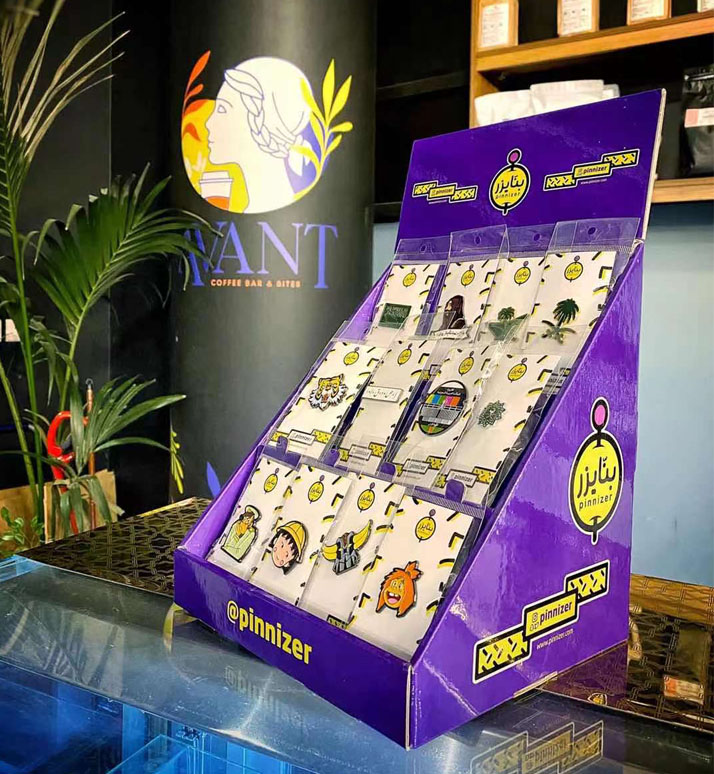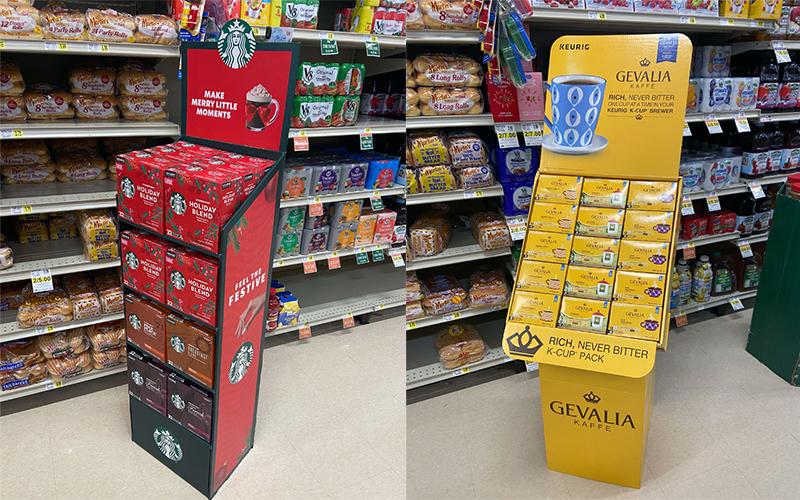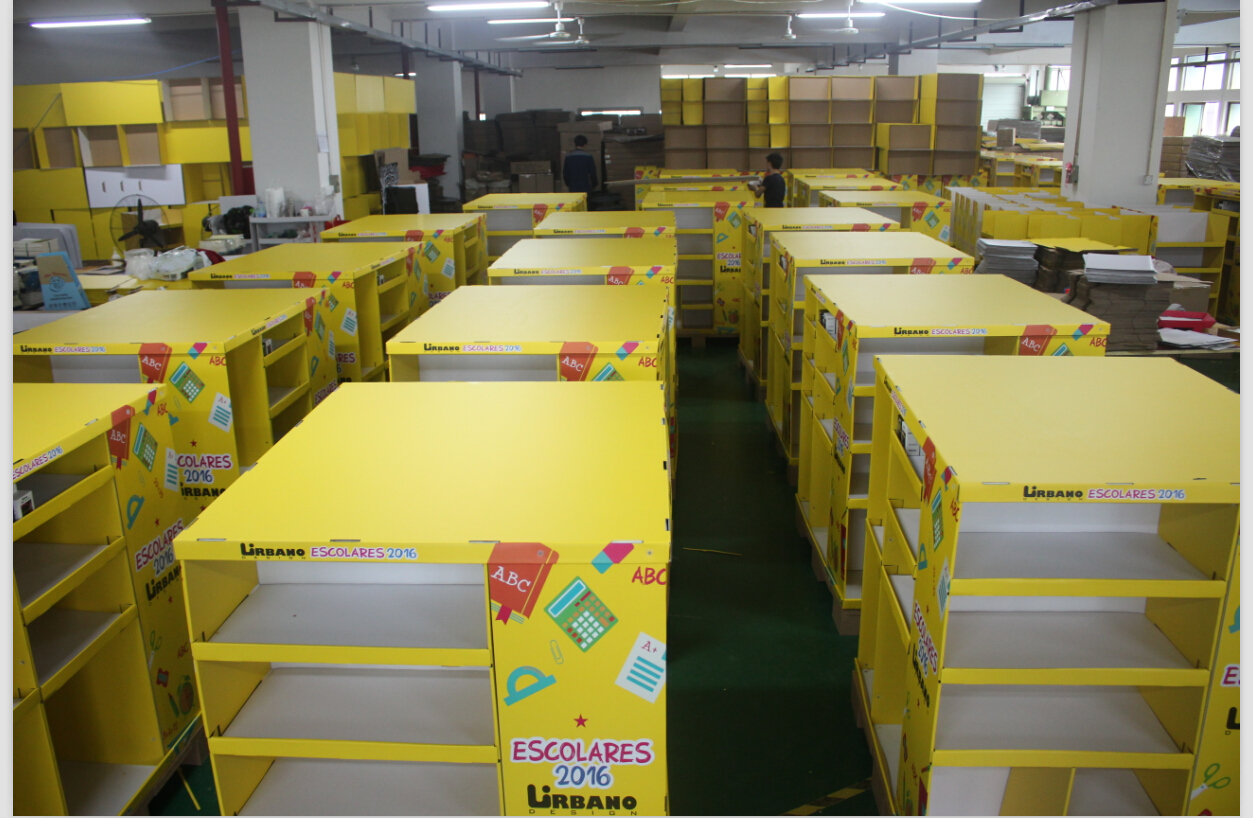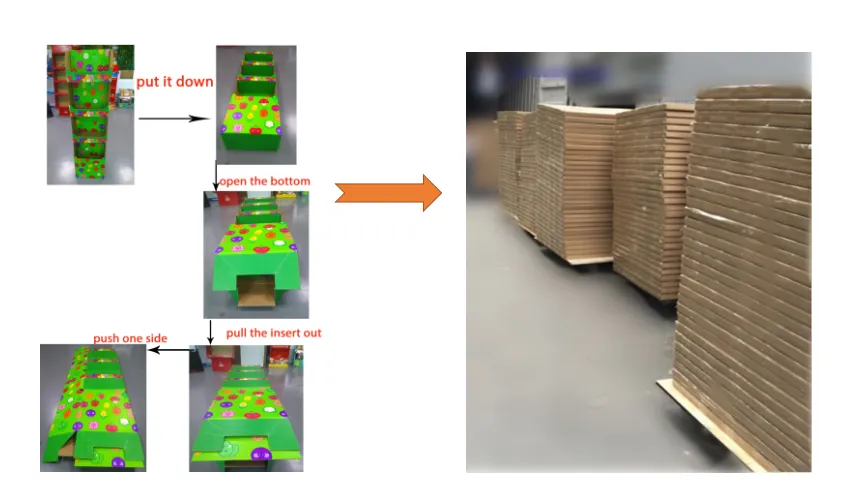Feeling lost choosing a display partner? Many promise the world, but few deliver. Real stories from other clients can guide you to the right choice and a successful project.
Yes, customer success stories are incredibly helpful. They offer real-world proof of a manufacturer's quality, reliability, and problem-solving skills. Look for detailed case studies that show how they handled challenges and achieved specific, measurable results for their clients.

It's easy to get impressed by a slick website or a low price. But I've learned over my 16 years in this business that the real measure of a partner is their track record. The proof is in their past projects. Not every story is created equal, though. Learning how to read between the lines of a case study is a skill. Let's look at what makes a customer story truly valuable and how you can use them to make a confident decision.
How Do You Spot a Truly Authentic Success Story?
Vague testimonials feel useless, right? You need real details to trust them. Authentic stories have specific data1 and show the actual challenges that were overcome for a client.
An authentic story2 includes the client's name3, the specific problem they faced, and measurable results4. It talks about the process, not just the perfect outcome. Vague praise without context is often a red flag you should not ignore.

In my experience, authenticity comes from the details. Anyone can get a friend to write, "They did a great job!" But a real story shows the journey. It's about being transparent. When we put together a case study, I always insist that we tell the whole story, not just the ending. An authentic story2 has a clear beginning, middle, and end. It’s honest about the situation.
Look for the 'Before' and 'After'
A good story doesn't just show the shiny final product. It needs to explain the client's situation before they came to us. Maybe their previous displays were getting damaged during shipping, or they weren't attracting shoppers in a crowded store. Showing the 'before' gives context to the 'after' and proves the manufacturer understood the core problem.
Check for Real Numbers
"Increased sales" is a nice phrase. But "Increased in-store sales by 25% in the first quarter" is a powerful fact. Specific data shows the project had a real, measurable impact. It proves the display wasn't just pretty, it was effective. Numbers show that the manufacturer tracks their performance and is accountable for the results they deliver.
Is the Client Mentioned?
Anonymous testimonials are less credible. A story that proudly names the client and their industry shows a strong, transparent relationship. It means the client was so happy with the work that they were willing to attach their brand's name to it. That's a huge vote of confidence.
What Key Details Should You Look for in a Case Study?
Case studies can be full of marketing fluff. You need to cut through the noise. What specific details prove a manufacturer can actually handle your unique project requirements?
Focus on the problem, the solution, and the results. Look for details on materials used, structural design challenges5, production timelines6, and budget constraints7. These details show how the manufacturer handles real-world project complexities, not just how pretty the final display looks.

As a designer, you know that the real work happens behind the scenes. The choice of corrugated flute, the weight-bearing calculations, the pre-production sample—these are the things that make or break a display. A good case study respects your expertise and gives you the information you need. I always tell my team to write for someone like Peter, a designer who appreciates technical skill and practical solutions. We lay out the project details clearly so a professional can see our process and capabilities. Below is a breakdown of what to look for.
| Key Detail | Why It Matters to a Designer |
|---|---|
| The Initial Challenge | Shows if they understand and can handle complex briefs like yours. |
| Structural Design Process | Reveals their engineering skills and problem-solving approach. |
| Material Choices | Demonstrates knowledge of sustainability, cost, and durability. |
| Production & Logistics | Proves they can manage timelines, budgets, and complex shipping. |
| Measurable Results | Confirms the design was effective (e.g., sales lift, brand visibility). |
A deep case study goes into these details. It might explain why a specific B-flute was chosen for its print quality and strength, or how the design was modified to ship flat and reduce freight costs. These technical points show a manufacturer isn't just a supplier; they are a partner who thinks critically about every aspect of the project, from initial concept to the retail floor.
How Can Success Stories Reveal a Manufacturer's Problem-Solving Skills?
Every project has unexpected issues; it’s just part of the business. A perfect story feels fake. You need a partner who can handle problems, not just pretend they don't exist.
Great success stories aren't about perfection; they're about resilience and communication. The best ones highlight unexpected challenges, like a last-minute design change, and detail the exact steps the manufacturer took to solve the problem and still deliver for the client.

Smooth seas don't make skillful sailors. I truly believe that how a company handles a crisis says more about them than when everything goes perfectly. A good partner doesn't disappear when there's a problem; they step up. The stories that stick with me are the ones where my team and I had to think on our feet to save a project.
The Unplanned Challenge
I remember a client whose product packaging dimensions changed right after we started production on their floor displays. It was a potential disaster that could have cost them weeks and thousands of dollars. A good case study will be honest about moments like this. It will set the scene and explain the stakes.
The Collaborative Solution
Instead of just saying "that's not possible," my team immediately paused the production line. We called the client, and our designers worked overnight. We created a new, modular inner tray that could accommodate the new size without redoing the main display structure. We showed them the 3D render and a physical prototype the very next morning. A strong partner communicates and collaborates under pressure.
The Positive Outcome
We only had a one-day delay in the end, which was far better than starting over. The client was amazed that we didn't just point fingers but actively solved their problem with them. A success story that includes these bumps in the road is far more powerful. It shows character and proves a commitment to partnership, which is more important than just being a supplier.
Are There Red Flags to Watch Out For in Customer Testimonials?
You're spotting great testimonials, but some just feel off. How do you know if you're being misled? Spotting the red flags8 is a crucial skill for any designer.
Yes, you should definitely watch for testimonials that are overly generic, lack specific details, or sound like they were written by the marketing department. Anonymous reviews, a total absence of any challenges mentioned, and stories focusing only on low price are potential red flags.

After so many years, you develop a sense for these things. It's important to protect yourself and your company from a partnership that could go wrong. A bad display partner9 can cause missed deadlines, budget overruns, and damage your brand's reputation in stores. Paying attention to these warning signs upfront can save you a massive headache later on.
Vague and Generic Praise
"They are the best!" or "Great service!" is nice but totally unhelpful. Why are they the best? How was the service great? Did they provide daily updates? Did they catch a design flaw before production? A lack of specifics often means there isn't much substance behind the praise. It could be a sign that the relationship was purely transactional, not a true partnership.
No Mention of the Team
A great project is a team effort10. It involves salespeople, designers, engineers, and the production crew. If a story only praises a single salesperson but never mentions the design process or the production team, it might be shallow. As a designer yourself, you know how vital the collaboration between departments is. Real success comes from a whole team that works together, and good testimonials often reflect this.
Focus Only on Price
If every success story is about how cheap the manufacturer was, be very careful. This could be a huge red flag that they cut corners on materials, design support11, or quality control12. True value is a balance of price, quality, and service, not a race to the bottom. I always tell my potential clients that you really do get what you pay for in the display industry.
Conclusion
Choosing a display manufacturer is a big decision. Customer stories cut through the marketing noise, showing you real proof of a company's skill, reliability, and character.
-
Find out why measurable results are crucial for evaluating success stories. ↩
-
Discover the elements that contribute to genuine and trustworthy customer stories. ↩ ↩
-
Learn how transparency in testimonials builds trust and credibility. ↩
-
Understand the significance of quantifiable outcomes in evaluating success. ↩
-
Gain insights into the complexities of display design and how they are addressed. ↩
-
Learn about the importance of managing timelines in display manufacturing. ↩
-
Discover how budget considerations impact the overall success of a project. ↩
-
Learn to identify warning signs that may indicate unreliable testimonials. ↩
-
Get insights on selecting a display partner that aligns with your project needs. ↩
-
Explore the significance of collaboration among different teams in project success. ↩
-
Understand how design support contributes to the overall success of display projects. ↩
-
Learn how quality control measures ensure the effectiveness of display solutions. ↩






